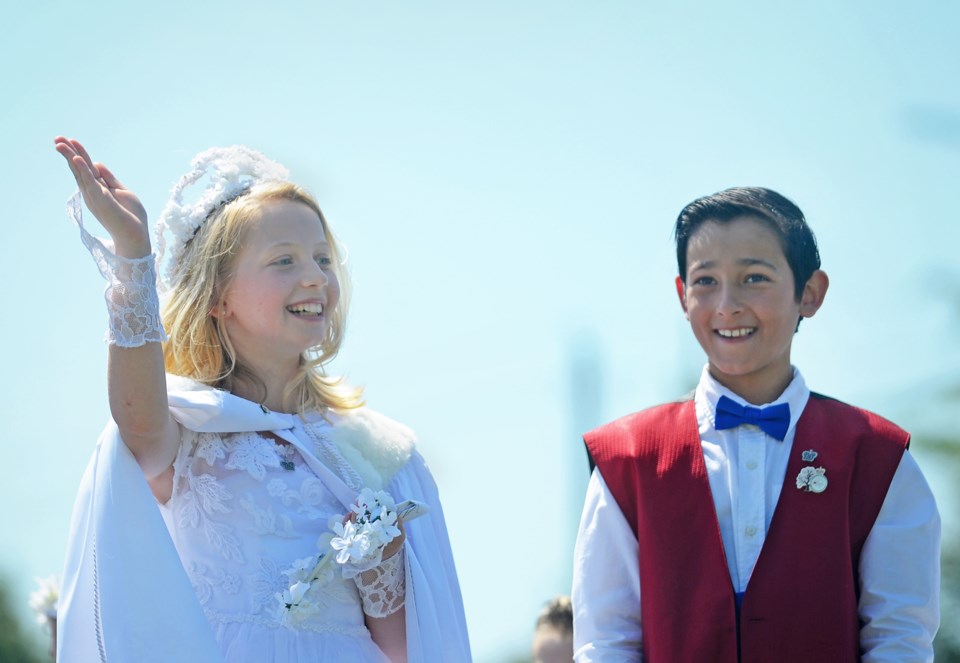As kids get ready to dance around the May Pole later this month, one grad student is diving into the history of New Westminster’s long-standing May Day event.
This September, Georgia Twiss will begin her Master’s project at the University of British Columbia on the history of May Day and the role of the May Queen in the colonization of B.C.
Twiss grew up in Fort Langley, a community that also has a May Day celebration, but she didn’t know much about the event’s history in the region. (This year will be Fort Langley’s 97th May Day and New Westminster’s 149th.)
It wasn’t until a trip to the New Westminster Museum during her undergrad studies at Simon Fraser University that she learned how important May Day was to early settlers, especially those living in New Westminster.

“The May Queen and the May Day parade was everywhere,” she said of her trip to the museum.
But it was the May Queens who had Twiss “particularly transfixed.”
“These are the faces of young girls, and those kind of historical characters aren’t usually teased out within B.C. history. … I was really fascinated by these young girls and what their role was and why they were, essentially, the face of New Westminster that was being displayed,” she said.
Twiss, who studies gender and history, said her initial research on May Day, which eventually became her honours project, showed that May Day’s inception was born out of a need to reinvigorate the community.
“They masked it as this day for children, but in reality it’s much more a community-building event,” she said.
On May 4, 1870, 11-year-old Nellie McColl was crowned the city’s first May Queen during the inaugural May Day event held at the Sapperton Cricket grounds near present day Glenbrook Ravine Park.
“From the beginning, the May Queens represented something else, they weren’t just this kind of figure of the coming of spring, it was this kind of promise of the continuity of settler authority,” Twiss said.
“The May Queens were used, essentially, to illustrate this idealized femininity. So, what the girls of the city should aspire to, which was this idea of purity, innocence, grace, beauty, and they wanted these girls to fit this mould so that, in the future, they would ensure the future generations of society would maintain that kind of colonial standard.”
Twiss hopes to uncover more about the May Queens, but her ultimate goal is to show people that local history is just as important as the history of a country or an empire.
“(Local history) has these complex stories that need to be teased out, and places like New Westminster, which is tiny, hold larger truths,” she said.
“The May Queens were all young girls, and their role within the settler colonial project is something that’s quite often silenced.”
Twiss received a grant from the Social Sciences and Humanities Research Council to fund her research. Follow Twiss’ project on Twitter @themayqueens.



